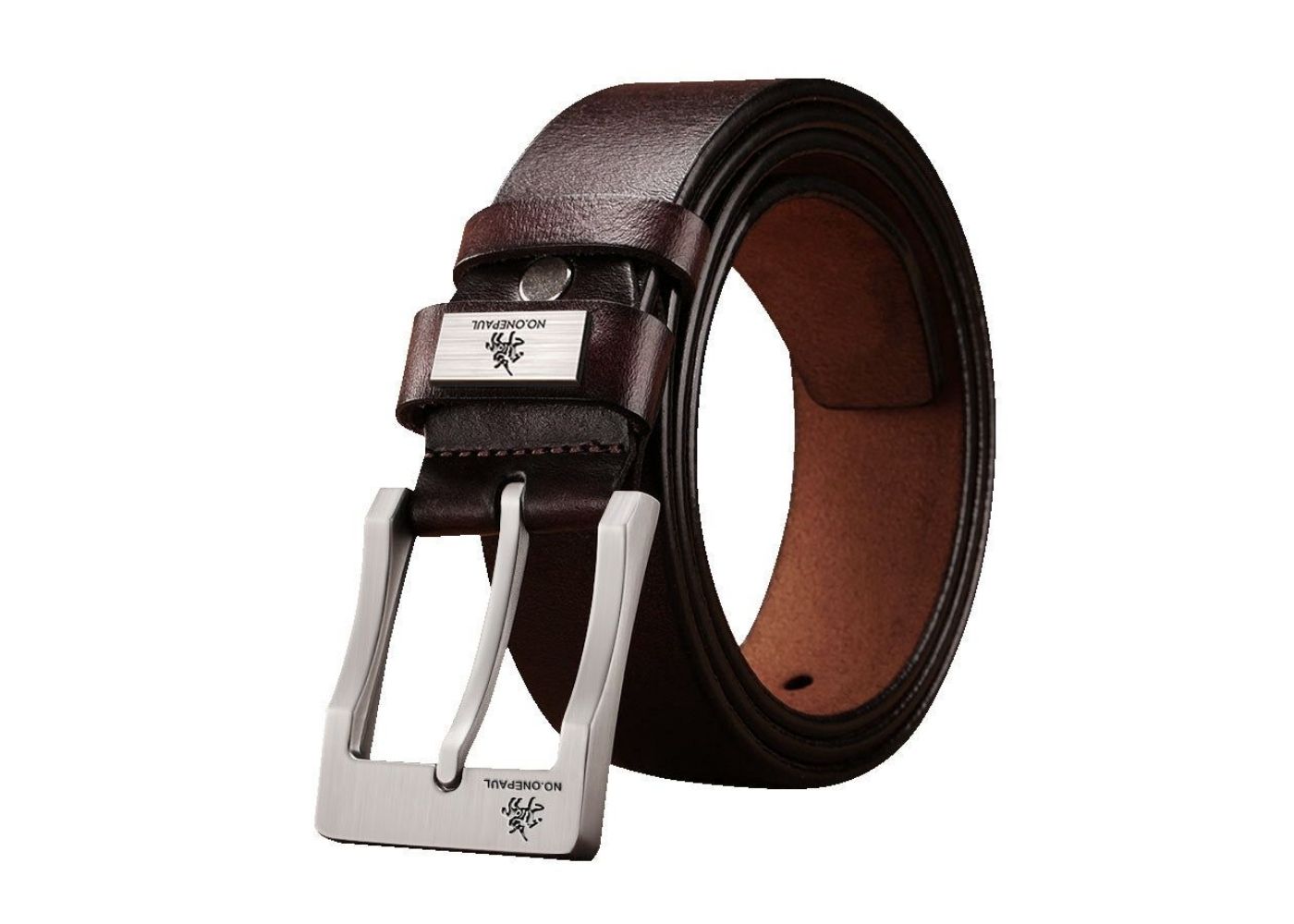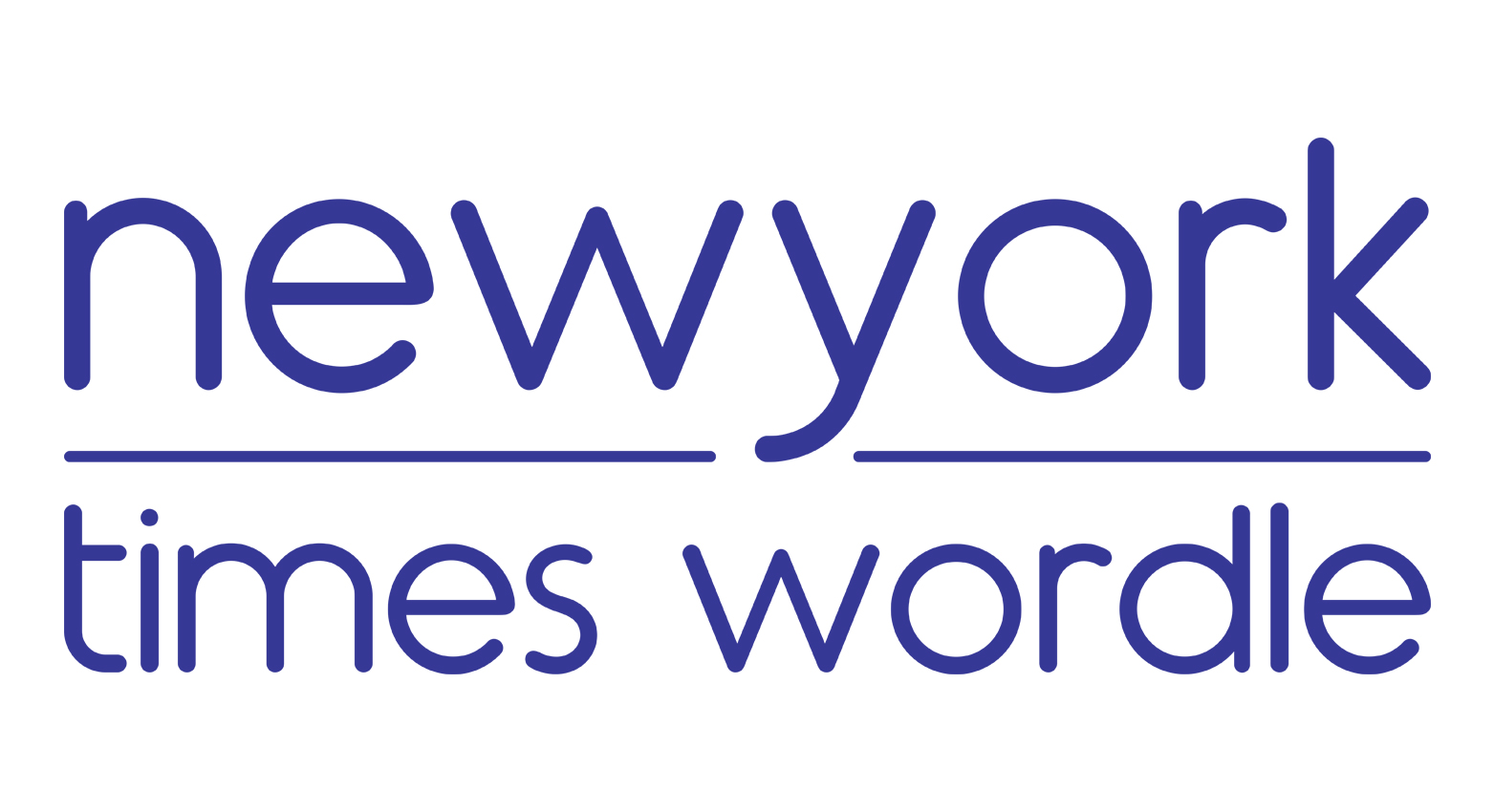There is a common saying that we’ve all heard a million
times “dress for the job you want," but how much truth is there in this
old age saying?
One of the most powerful and impactful building blocks of
getting the career you want is shouted from the rooftops by most business
professionals and successful entrepreneurs. It’s not like we’ve seen it
firsthand in popular films like “Catch Me If You Can,” starring Leonardo
Dicaprio, who quite literally dressed for the job he wanted. Although that was
done questionably, he was treated and spoken to with respect because he not
only dressed for the job to be wanted but also acted the part.
Whether you like it or not, you’re constantly being
evaluated, assessed and judged by everyone around you. How you dress at work
sends a message; it represents how much you value your job and how much
respect, time and effort you put into it. So if you are dressing in a graphic
tee and utility trousers for a job in sales, then the likelihood you are going to perform
or be looked to be chosen for a promotion is slimmer than that of those who are
dressed to impress.
If you are dressing for the role or the job you want, you
are, in turn, sending signals to interviewers, managers, and competitive firms
that you belong and are ready to hit the ground running. Of course, other
things come with it, but if you nail the basics, the rest will come with time
and enthusiasm to learn.
There is a common perception among managers that if you can
handle small tasks without them having to worry or follow up, then you are more
than capable of being given the responsibilities and opportunities to grow. The
same goes for the other way; if you are unable to dress professionally and
properly, then they might not envision you for a promotion.
With my experience, I always dressed pretty casually for my
jobs and I wondered why I wasn’t getting as much opportunity for certain
things. I worked hard and I felt as if I deserved it more than others, but when
you look at the paper, they dressed a lot smarter than me and looked the part,
as you might say. This was only for a retail job but the same applies in all
industries; if you dress better, you are more likely to be treated better.
When I began to dress better for my new job, I was not only
complimented on my smart style but also treated more professionally and given
opportunities quite early on.
Within this article, I will be talking about how to dress to
impress and for the job you not only want but deserve:
Interviews
You always want to aim to impress when you’re heading for an
interview and in these cases, the first impression matters. Dressing
appropriately is crucial; in some cases, they might not tell you the dress code
for the interview and this is where you must do some digging to get a list of
what route to take.
If the help of Google and LinkedIn does you justice, look at
what the employees are wearing. For example, if the office seems to be of the
business casual kind, please aim to dress in smart pants and a blouse or if
they are all suited and booted, aim to do the same.
It's always best to not assume and follow these steps:
Look at the company's online presence, and check their
social media platforms.
Review their LinkedIn profiles
Ask the person if you are unsure; it’s a legitimate question
and they won’t think less of you for asking.
Promotion
Many people think that dressing better than your salary will
make you appear more accomplished. It is suggested that you dress more in line with
the role you would like to play than with the one you currently occupy. This
line of reasoning contains a kernel of wisdom.
Dressing "above" your role sends a message to superiors that you're up for new challenges. Often, it only takes a more polished appearance to make a difference in whether you are invited to attend a client meeting or not.
Excessive clothing should be avoided.
Social Cues
Overdressing can make you appear much less professional than
your role necessitates. It could appear as though you're acting or that you
don't know what your role is. So while dressing for the job you want can be
true, it's important to find your limits. Some places don’t see clothing as a
reflection of knowledge or ability to get the job done.
Therefore, finding a balance between the job role and the
work environment is a recipe for success.
Online Matters
There are many benefits for workers who work remotely. The
ability to dress more comfortably at home is one of these. After all, you don't
need high heels or perfectly shined shoes if you're not regularly walking past
your coworkers. This holds whether you're conducting a remote interview or you
already have a job.
Make sure you take advantage of this freedom and when it is
necessary for you to dress professionally, you have no excuse not to. A lot of
people have decided to dress up in their smart attire during this video call
but make sure there will be no moments where you have to stand up, so best to
ditch the pyjama bottoms.
Clothes Only Do So Much
The way you dress for work is only part of what makes an
impression; you must bring your A-game for interviews and pretty much the whole
time if you wish to progress and work your way up within a business.
You can dress to perfection but if you aren’t putting in the
work, then you are less likely to move up.
Confidence is Key
Ultimately, there is merit to dressing according to your own
style. You want your clothing to make you feel good about yourself and at ease.
Yes, be mindful of what is expected of you in your role and in your industry.
There are instances when doing so is necessary to gain entry.
Nevertheless, you'll have a little more freedom to dress
however you see fit once you've established some credibility. When you
demonstrate self-worth in addition to meeting the expectations of others, you
convey an intangible level of confidence. Who knows where it might end up?
If you wish to contribute to our blog, please email us on morhadotsan@gmail.com.























